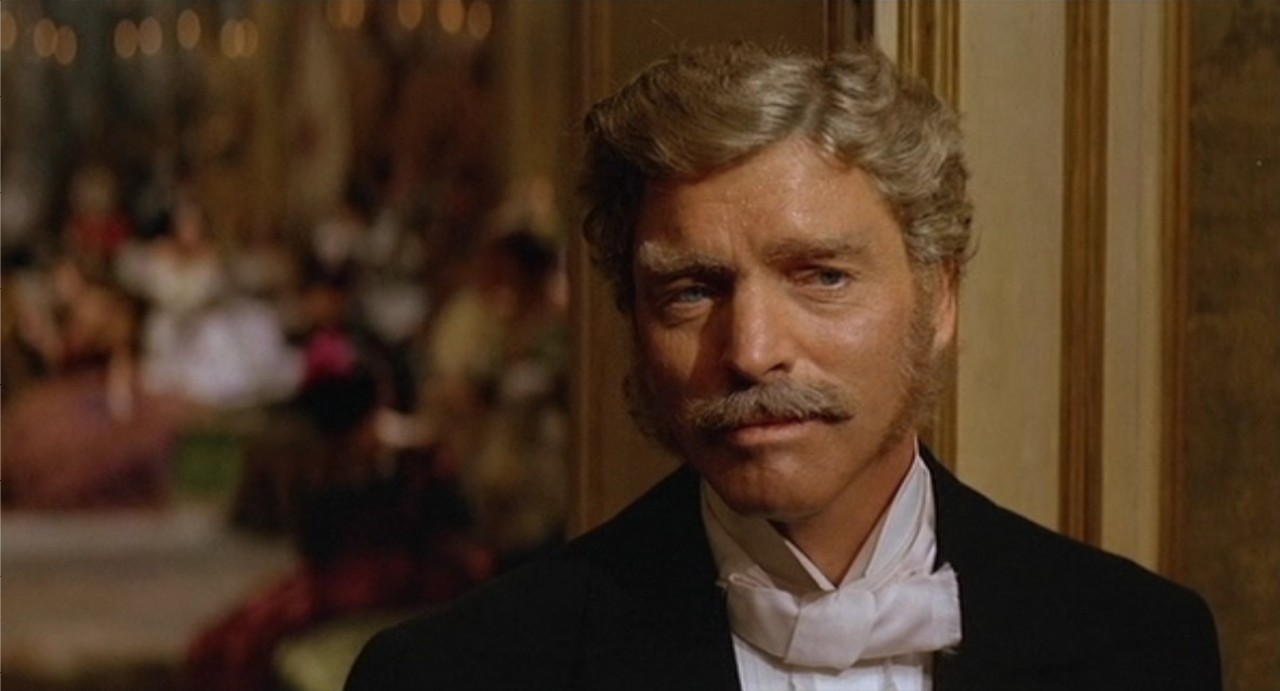
Many filmmakers are frequently asked to rank or name his or her favourite films, and this happens in order to understand the response these titles received, and to comprehend how these titles might have influenced their creative process and their films. However, this is also a great source to those who like to find new and different films they haven’t watched yet, whether they be classics or more contemporary pieces.
Martin Scorsese, one the most prominent figures in contemporary cinema, has been asked over the years to name his favourite films, his favourite Italian films, the films that have helped shaping his career and so on, which leads to various lists of films made by the director available throughout the Internet.
This article is based on one of those lists, which the filmmaker did in collaboration with the Criterion Collection. In short, this list can only feature films that are part of the vast Criterion Collection. With that being said, let’s see what he pointed out.
1. Paisan (1946, Roberto Rossellini)
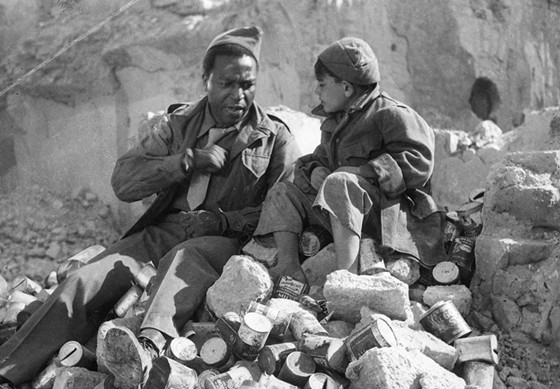
Part of the neorealist movement, “Paisan” was directed by Roberto Rossellini in 1946 and is considered part of the director’s War Trilogy, composed of “Rome Open City” (1945), “Paisan” (1946) and “Germany Year Zero” (1948). The film is divided into six episodes which feature six different stories that are set in the Italian Campaign during the final years of World War II when Germany was already losing to the Allies.
The first episode is centred around an Italian woman named Carmella and her ‘friend’, an American soldier named Joe whose death enrages the woman and leads her to react against the enemy. The second episode and third episodes feature American soldiers as the main characters the first being a man named Joe, whose boots were stolen by a boy who he then starts following in order to get them back; and the second being Fred, a man who fell in love with a woman he can no longer recognise.
The fourth episode revolves around an American nurse and an Italian partisan who decide, for different personal reasons, to risk their lives while trying to cross a city still occupied by the Nazis. The premise for the fifth episode is the welcoming of three American chaplains who are spending the night at a recently liberated Catholic monastery. Finally, the sixth episode has members of the Office of Strategic Services as the leading figures, who operate in collaboration with Italian partisans behind German lines.
Personally, I believe that despite other obvious and perhaps more validating reasons, this film should be considered as a masterpiece because it goes beyond appearances; in other words, it presents the viewer with a given situation or a singular problem to either conclude or explore more general themes.
Let me explain: throughout the film we are constantly watching characters as they deal with language barriers. Miscommunications or lacks of communication are the inferred themes, but these are not just aspects of the postwar period.
These are things that lead to the war, so what Rossellini creates is a portrait of an era rather than just a painting of the postwar period, and this era as it is seen in the film is a time where miscommunication, poverty, crime, lack of faith, and intolerance (if we remember the episode set in the Catholic monastery) lead to tragedy and chaos.
And these problems grew so deep and strongly rooted in society that they have become problems of the masses, whereas before the war these were problems that only affected certain circles of society.
Other essential Rossellini films: Stromboli and The Flowers of St. Francis (1950), Europe ’51 (1952), Journey to Italy (1954), General Della Rovere (1959), The Taking of Power by Louis XIV (1966), The Age of the Medici (1973) … the majority of his films, really.
2. The Red Shoes (1948, Michael Powell and Emeric Pressburger)
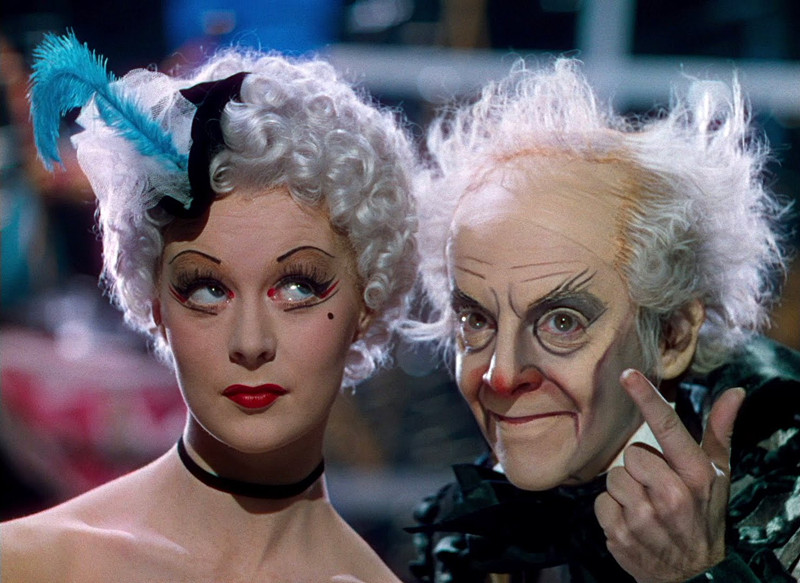
“The Red Shoes” has perhaps Moira Shearer’s most memorable performance, and it has been dubbed as one of the quintessential films in British cinema. It was directed by Michael Powell (who was married to Scorsese’s longtime film editor) and Emeric Pressburger, one of the most memorable and prolific directing partnerships in history.
The film is one of their best-known efforts; it is centred around Vicky (Shearer), a young ballerina, and the creation of a magnificent ballet titled “The Red Shoes”, in which she is a central figure. However, Vicky’s life is torn apart by two opposite things: the drive to become the perfect ballet dancer, and the desire to pursue the man she loves.
Very few films have had the ability to sustain certain scenes or plots for such long stretches, as is done in “The Red Shoes”. People cannot begin to imagine how difficult that that task is, and the reason why most films fail at it is either because the scene or plot lacks in power and performance, or simply because the attention span conceded by the spectator is not that long. However, “The Red Shoes” is a great example of two key elements in motion pictures – fluidity and concision.
In this film, the filmmakers retain the extraordinary ability of going back and forth with the two lines dividing Vicky’s life – personal and professional. Not only are they able to do that, but they build up marvellous sequences such as the ‘Red Shoes’ ballet scene that runs for more than 15 minutes.
Even though this seems so great as I have described it, according to the Powell-Pressburger standards it is quite normal because throughout their career, the duo and the films they made together were constantly defying norms and increasing their levels of difficulty.
If we think about films like “A Matter of Life and Death” or “The Thief of Bagdad” and even “Black Narcissus”, we come to the conclusion that perhaps no other filmmaker or filmmaking team have pushed the barrier of storytelling as much while mixing elements of fantasy with reality as Powell and Pressburger did, and at the same time still holding it all together – concise and fluid.
Other essential Powell-Pressburger collaborations: The Thief of Bagdad (1940), The Life and Death of Colonel Blimp (1943), A Canterbury Tale (1944), A Matter of Life and Death (1946), Black Narcissus (1947) or Peeping Tom (1960).
3. The River (1951, Jean Renoir)
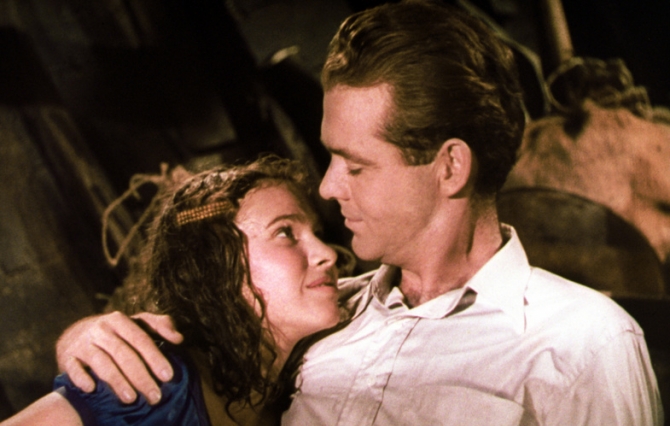
One of the Jean Renoir’s best-known films, “The River” follows the narration of a woman named Harriet as she recalls several moments of her childhood. For that reason, the audience is transported back to colonial India, to the world of an upper-middle-class British family residing on the banks of the Ganges River.
Throughout the film, the centre of Harriet’s recollections are moments in the tranquil family life where she and her younger sisters Melanie and Valerie learn different lessons about life, culture, ideals and morale after they happen to fall in love with the same man – Captain John.
What is there that can’t be said about “The River”? It’s a masterpiece. More than that, its life on film as clichéd as it may sound, but it’s true. Through the eyes of a girl and the voice of a woman, we are guided through the essence of life. First we are presented with a nucleus – of family, of children, of outsiders. Of values and tradition. Of sentiments, such as love, forgiveness, and longing.
We are presented with events surrounding celebrations, deaths, marriages and so on. We are presented with sensations such as danger, fear, desire, heat. I’ll never forget watching those afternoon scenes, beautifully shot and choreographed with a great use of colour and textures, watching all the people sleeping around or doing their chores under the unbearable heat and feeling that same heat as if I, as a spectator, were there too. I had the feeling that it was all a long and almost forgotten memory.
Other interesting works by Jean Renoir: (In France) La Chienne (1931), Boudu Saved from Drowning (1932), Toni (1935), The Lower Depths and A Day in the Country (1936), La Grande Illusion (1937), La Bête Humaine (1938), The Rules of the Game (1939). (In America) Swamp Water (1941) and The Southerner (1945).
4. Ugetsu Monogatari (1953, Kenji Mizoguchi)
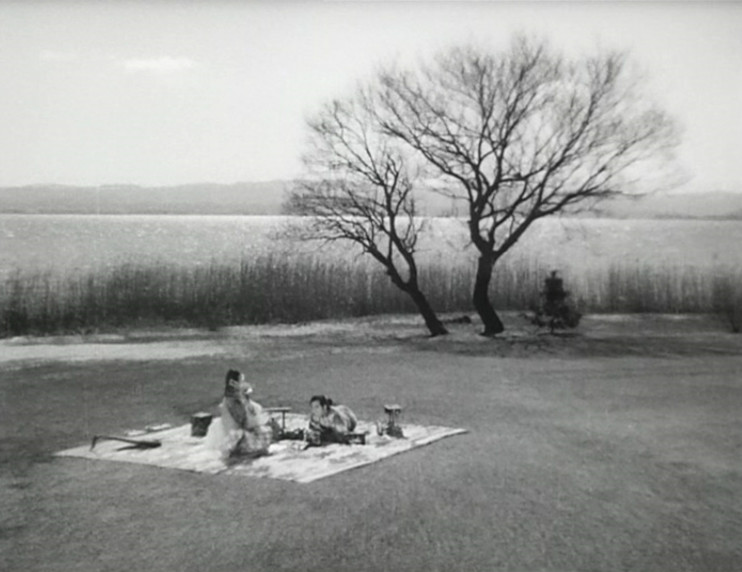
I was about to write a long description of Mizoguchi’s masterpiece, particularly starting with “I’ve never seen such a beautiful tragedy…” However, I came across these words and I think they are pretty validating as far as explaining the film’s importance (some of it).
“Known to American audiences simply as ’Ugetsu’, this was the film which introduced Mizoguchi to the West. During the civil wars of the 16th century, a potter desperately trying to continue his craft in a war-torn village meets a phantom princess and is lured away to a land of sensual delights. Meanwhile, his neighbor, dreaming of military glory, achieves a general’s rank for his fraudulent exploits.
Eventually, both men are brought down to earth, and they return home to spend the rest of their lives in the fields. But for the women of the tale the lesson has been even more bitter: the potter’s wife is murdered by bandits, the samurai’s is reduced to prostitution; even the ghost princess, Lady Wakasa, is destroyed by male betrayal. Phantoms and ghosts are evoked in magic scenes, and fantasy and reality are inseparable, making Mizoguchi’s stylistically superb film a powerful study in psychology and an intense tragedy.
‘Ugetsu’ is evocative of the Buddhist universe of Noh drama, where time is a movement of consciousness, memory is as tangible as the present, and the dead return to voice their grief or longing. Blending a tale of karmic law, a ghost story, and a love story, Mizoguchi also refers to other Japanese art forms such as narrative picture scrolls in his use of perspective and his signature long takes that move us seamlessly from one scene to the next.”
Other quintessential Kenji Mizoguchi films: The Water Magician (1933), Osaka Elegy (1936), The Story of the last Chrysanthemum (1944), Women of the Night (1948), The Life of Oharu (1952), Sansho the Bailiff (1954), The Crucified Lovers (1954), Street of Shame (1956) … really, all those you can find and watch.
5. Ashes and Diamonds (1958, Andrzej Wajda)
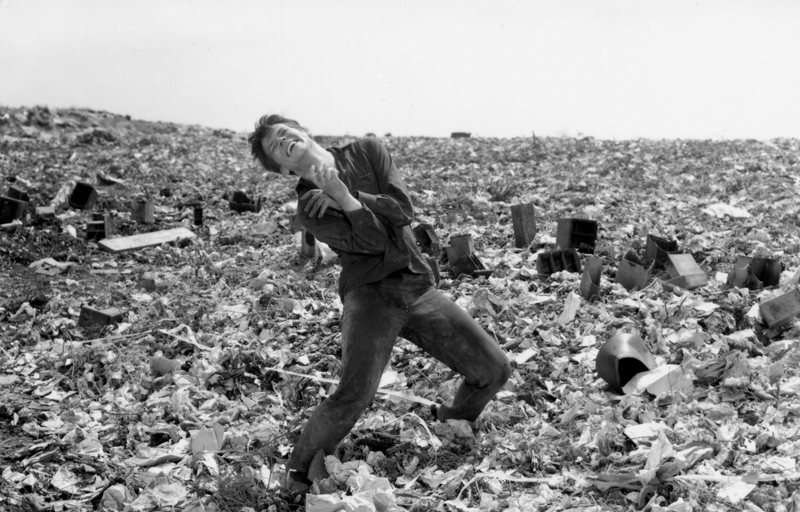
One of the greatest contributions to cinema from Polish film school was Andrzej Wajda’s “Ashes and Diamonds” (1958), a film that sets its action in a small Polish town on the last day of World War II, where exiles of war and Soviet forces experience the first day of a new era.
One of these Polish exiles is Maciek Chełmicki (Zbigniew Cybulski), who has been ordered to murder a Communist commissar and in trying to fulfill his mission, he comes across a young woman named Krystyna, who gives him a taste of a calmer and different life. And it’s precisely this conflict between his personal and ‘professional’ lives that ultimately makes Maciek a symbol of his nation and the obstacles it had to overcome.
In spite of the narrative and psychological values associated with this film, I must say that what struck me was the visual richness of this film. As one looks at it and uncovers here and there the influence of earlier masterpieces from the German and American cinemas, one cannot help but be enchanted by the use of contrast, field depth, movement, and art direction.
I don’t know why, but the way the film is stylized, visually speaking, reminds me of Carol Reed’s “The Third Man”, a film where the setting is worth half of the film’s value. The way Wajda chooses to work the light around his main character, the places where the action takes place, and all the secrecy and mystery surrounding this newly liberated country is by itself the most important character of this film.
Other great films directed by Andrzej Wajda: Kanał (1957), The Promised Land (1975), Man of Marble (1977), The Maids of Wilko (1979), Man of Iron (1981) or Danton (1983).